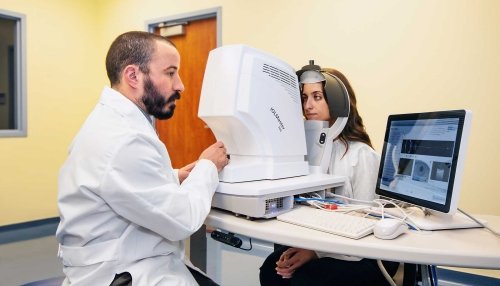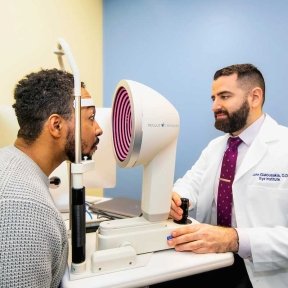What is Myopia?
- Myopia is often caused by the elongation of the eyeball and causes light to focus in front of the retina instead of on the retina. This is what causes “blurriness” without refractive correction.
- Low amounts of myopia are common in infants, but it usually disappears by the time a child begins school.
- Myopia progression typically occurs gradually, but sometimes rapid progression can occur which can lead to ocular disease or other ocular complications later in life.
- Earlier myopia onset may lead to higher rates of myopia progression, and ultimately higher degree of myopia as an adult.

What are the goals of Myopia Management?
- Slows down or reduces the amount of myopia progression.
- Reduces the risk of vision threatening disorders causing blindness later in life such as glaucoma, cataracts, maculopathy, and retinal detachments.
Prevalance
- Myopia has been listed as 1 of the 5 current ocular conditions deemed as immediate priorities by the World Health Organization.
- In some Asian countries, the prevalence is reported to be as high as 70-90%.
- Myopia is becoming increasingly more common in the United States. It now affects 100 million Americans, with prevalence rising from 25% (1971-1972) to 41.6% (1999-2004) and continuing to grow.
- Experts believe the “myopia epidemic” is due to both genetics and children not spending enough time outside where distance vision is developed and possibly from also spending increased time on hand held devices such as smart phones or tablets from a very young age.
Myopia Management Specialists
Myopia Management Options at Midwestern
Learn More about Myopia Management
Learn more about your treatment options at the Midwestern University Eye Institute directly from our trained faculty.











